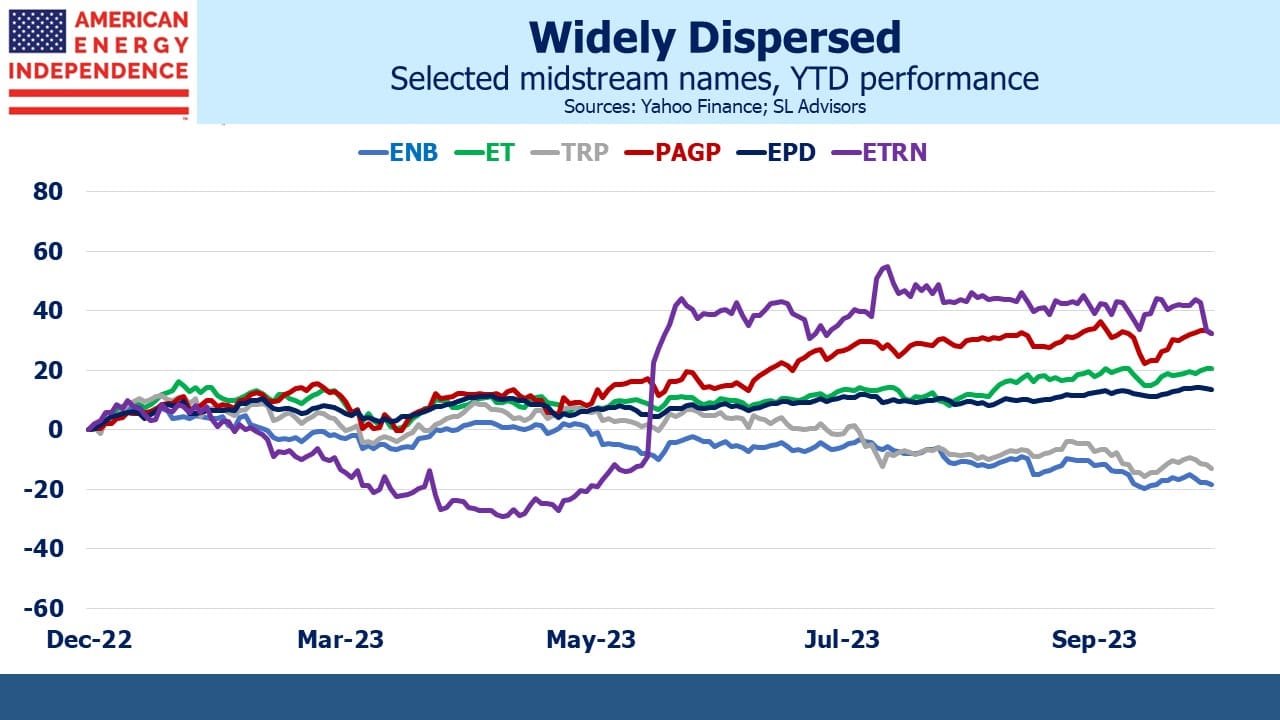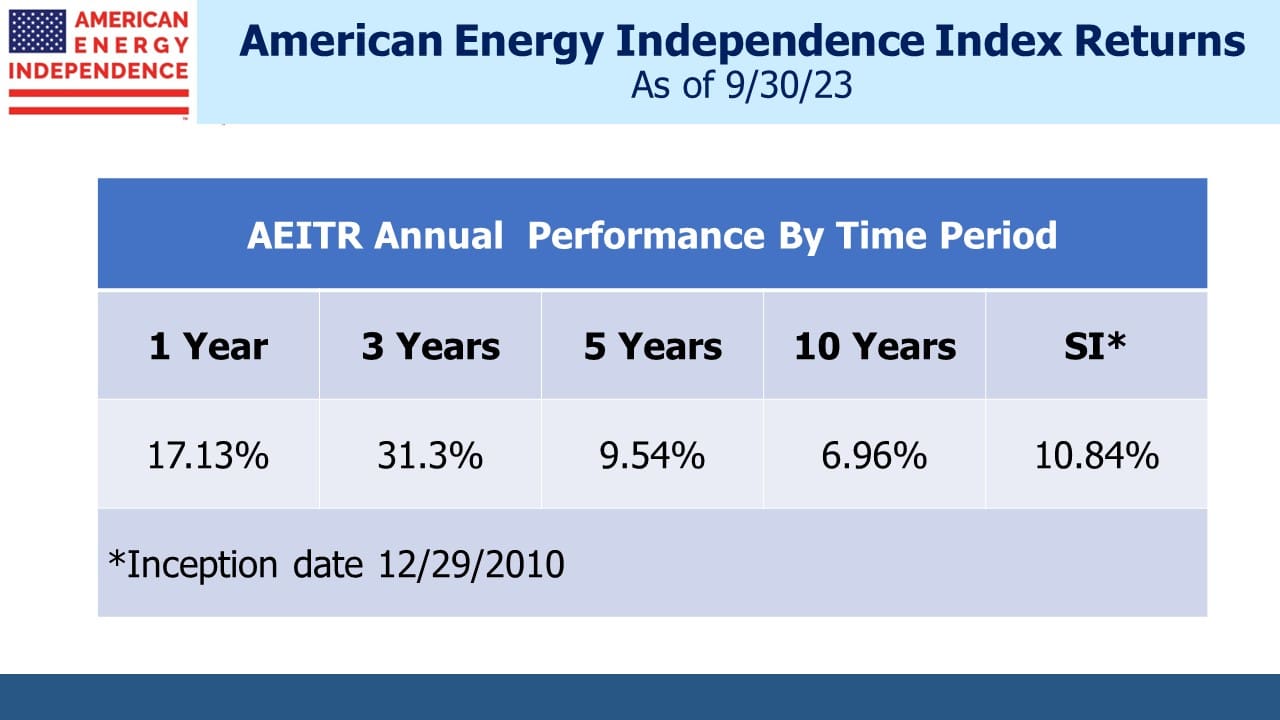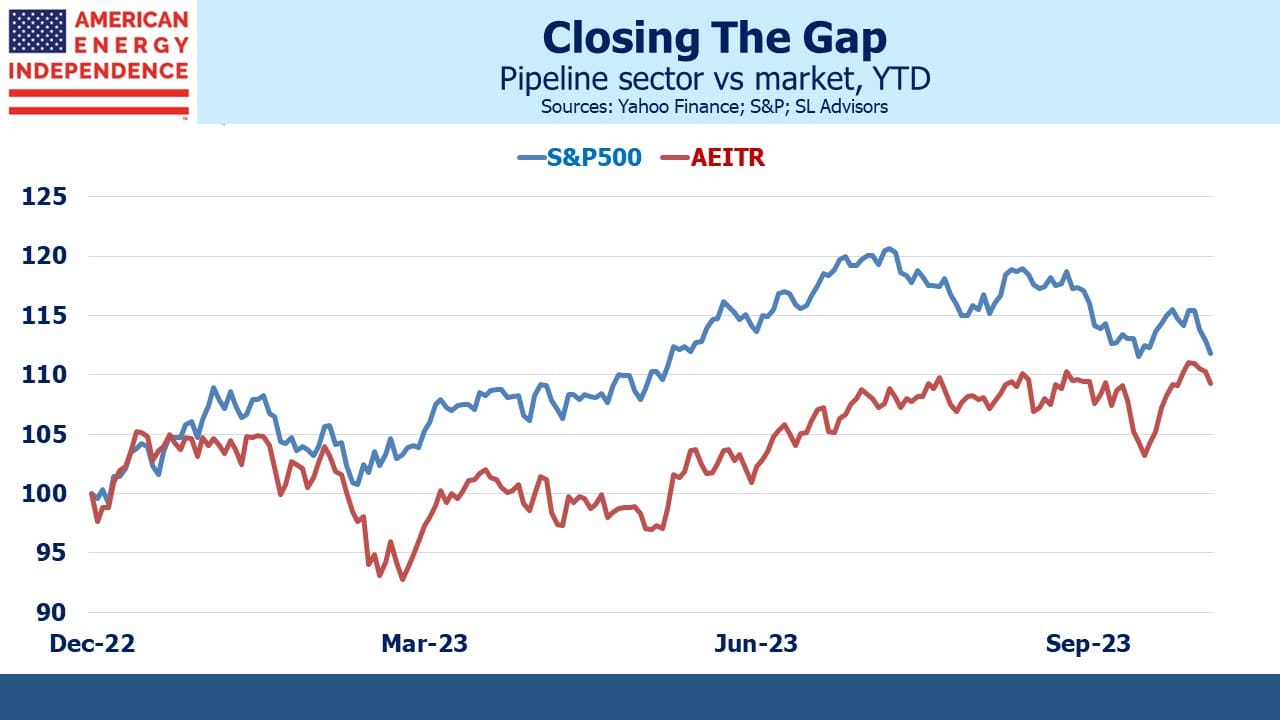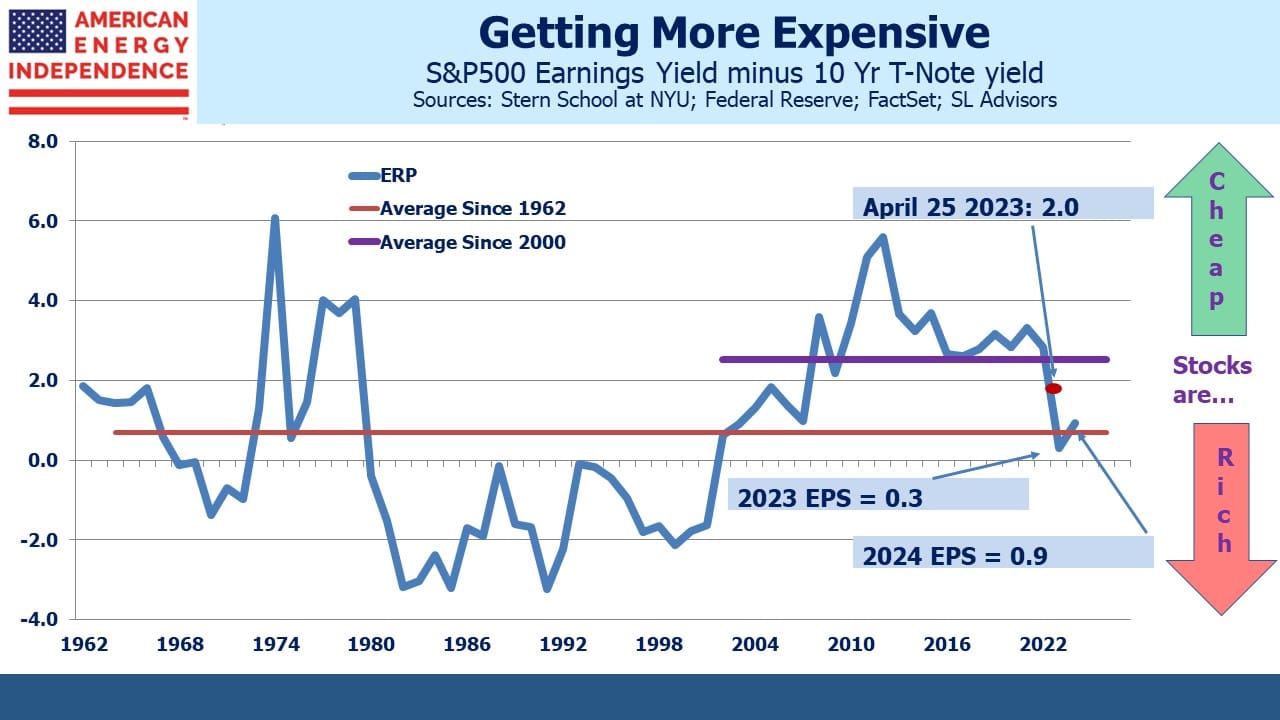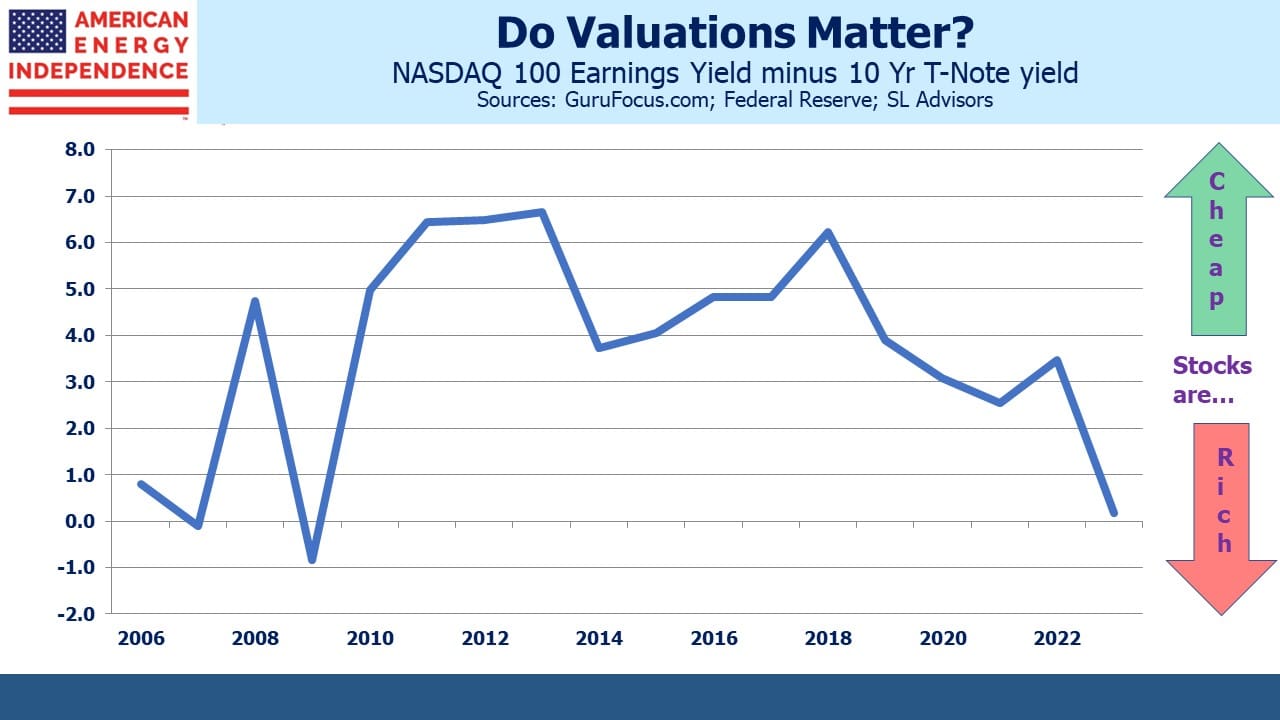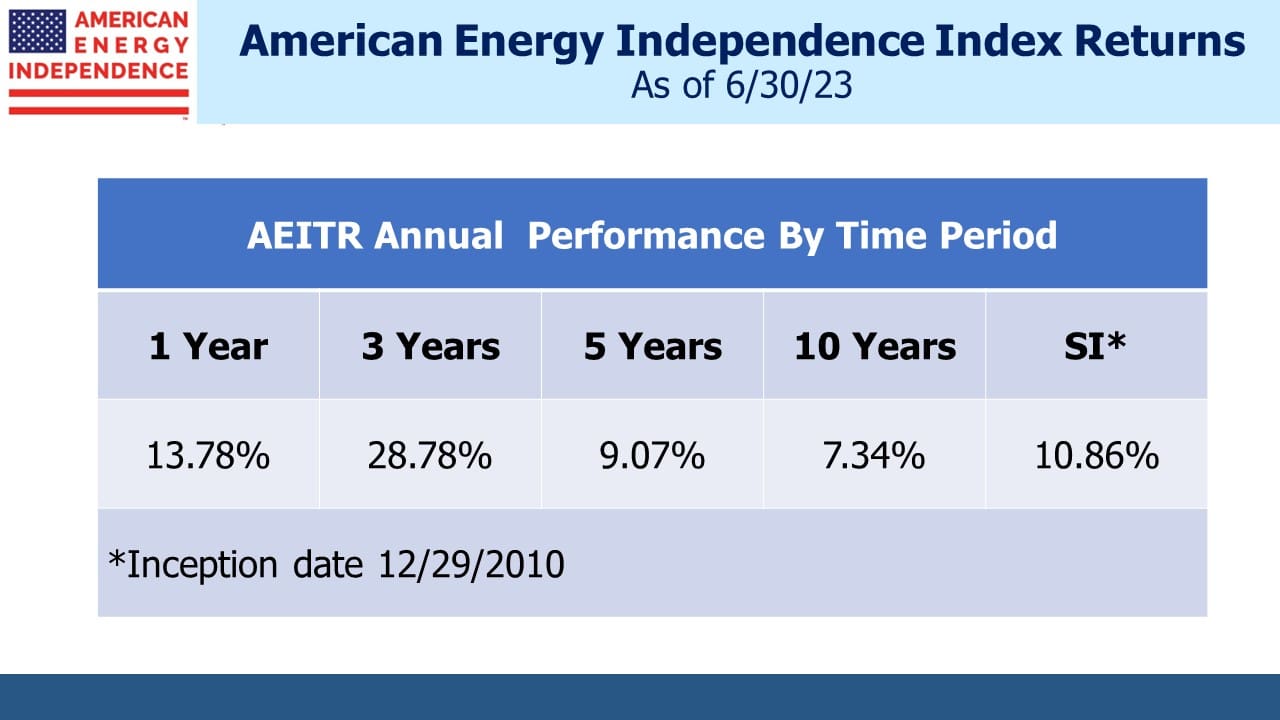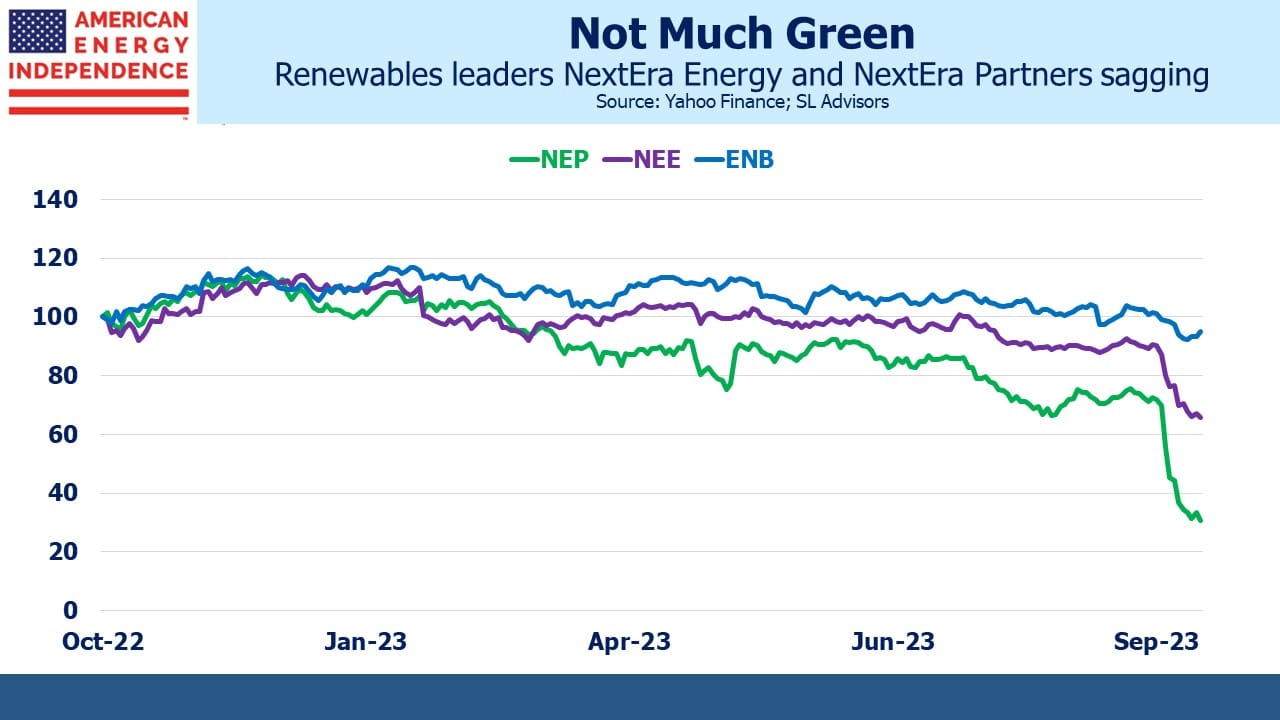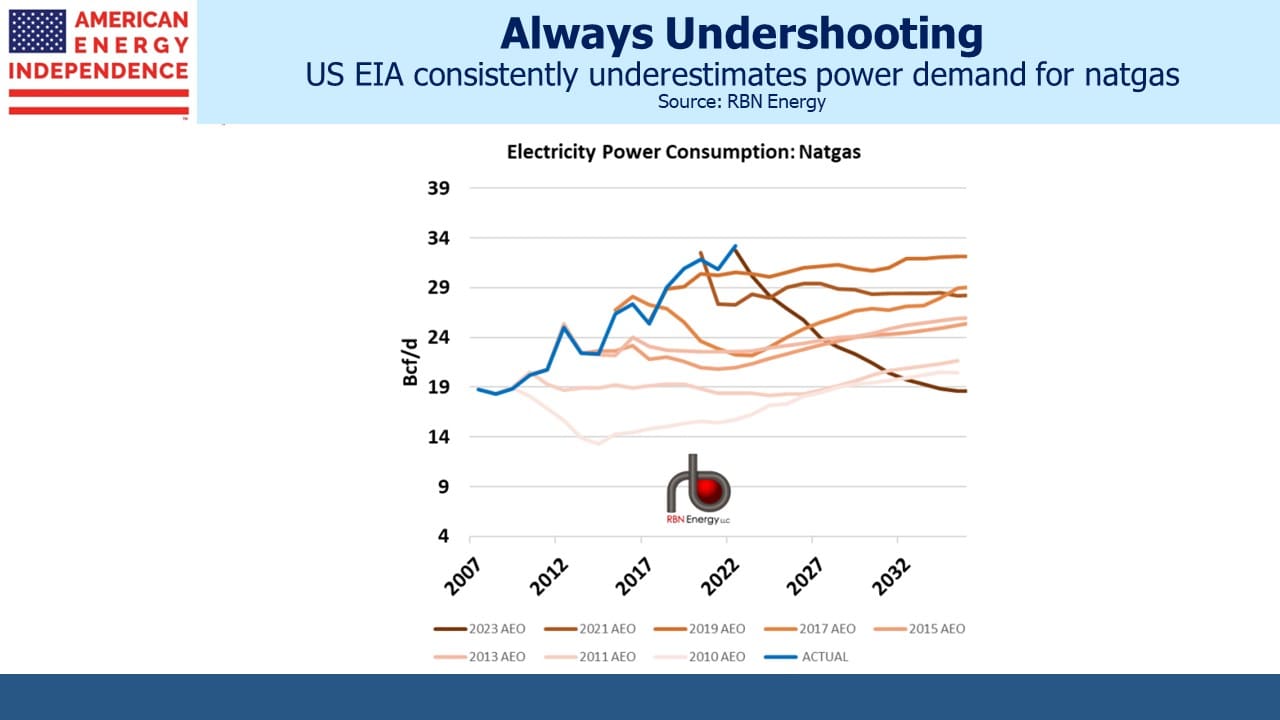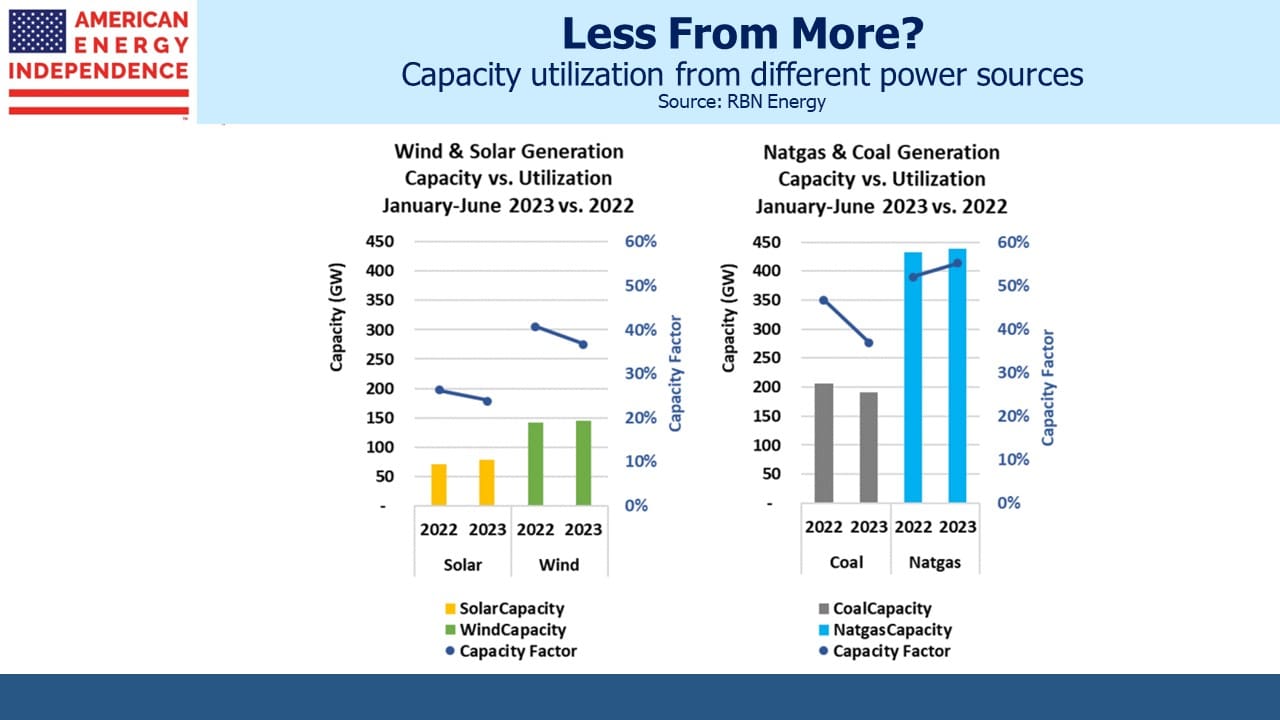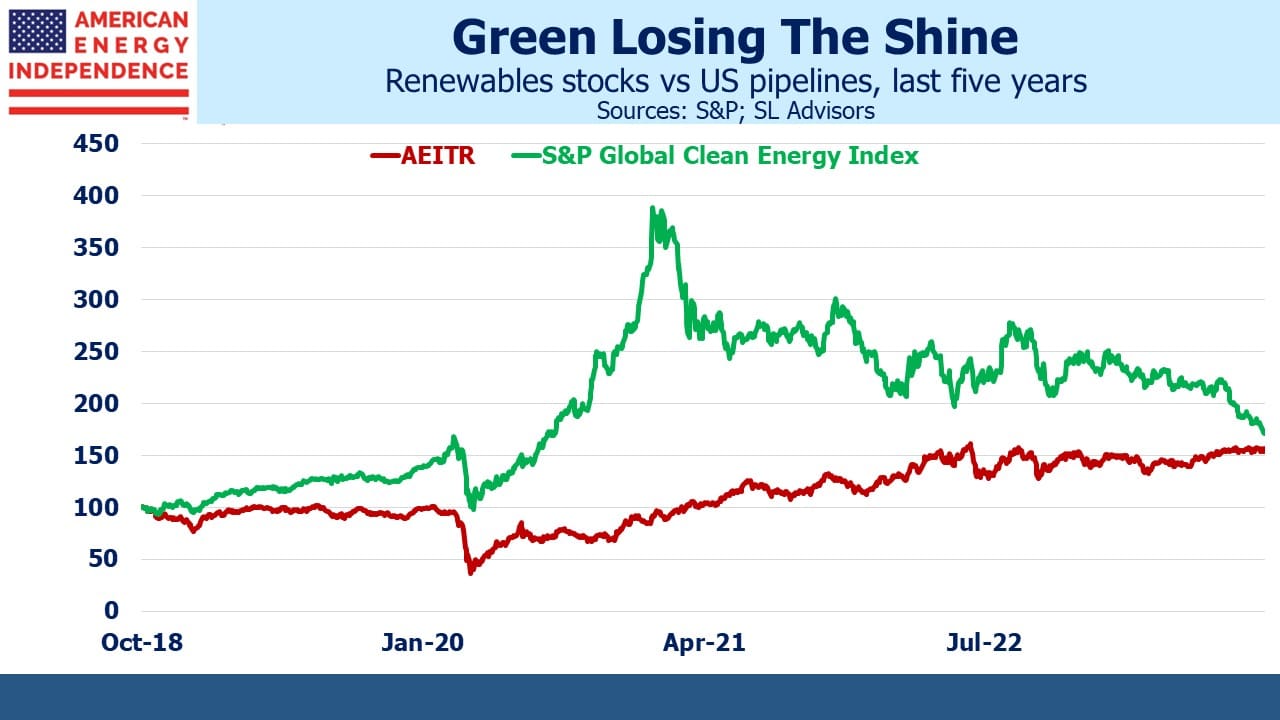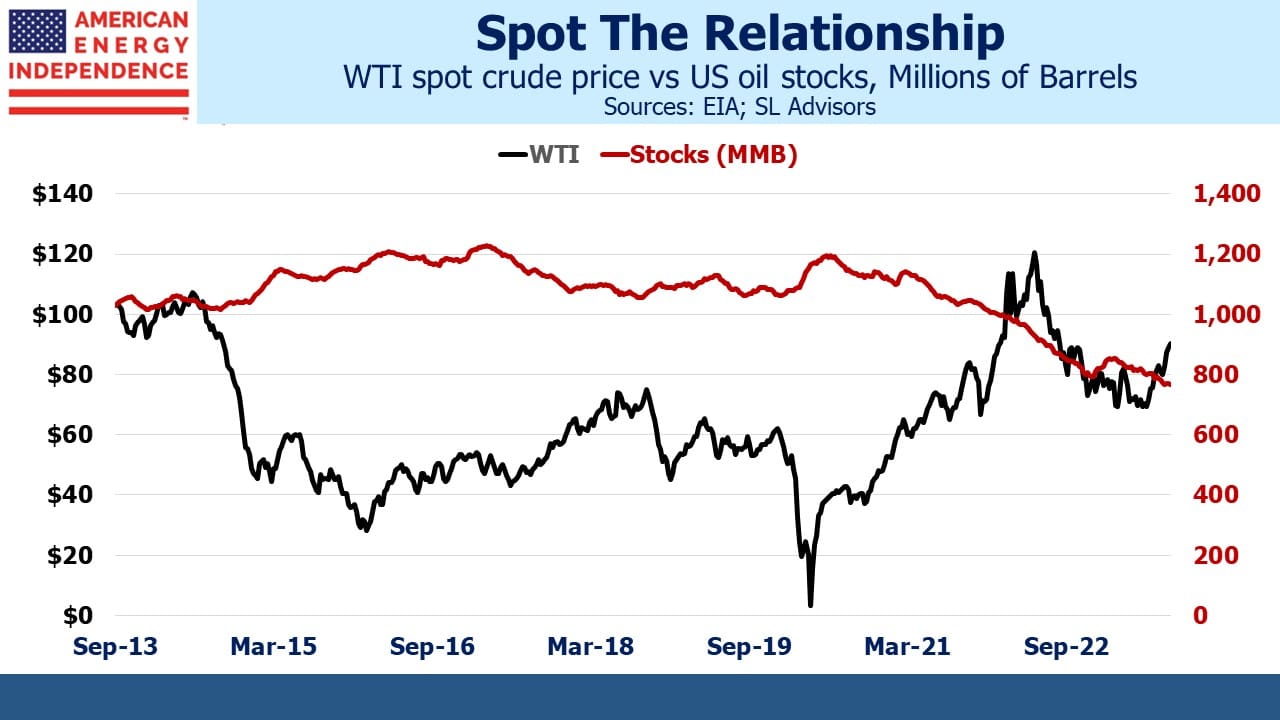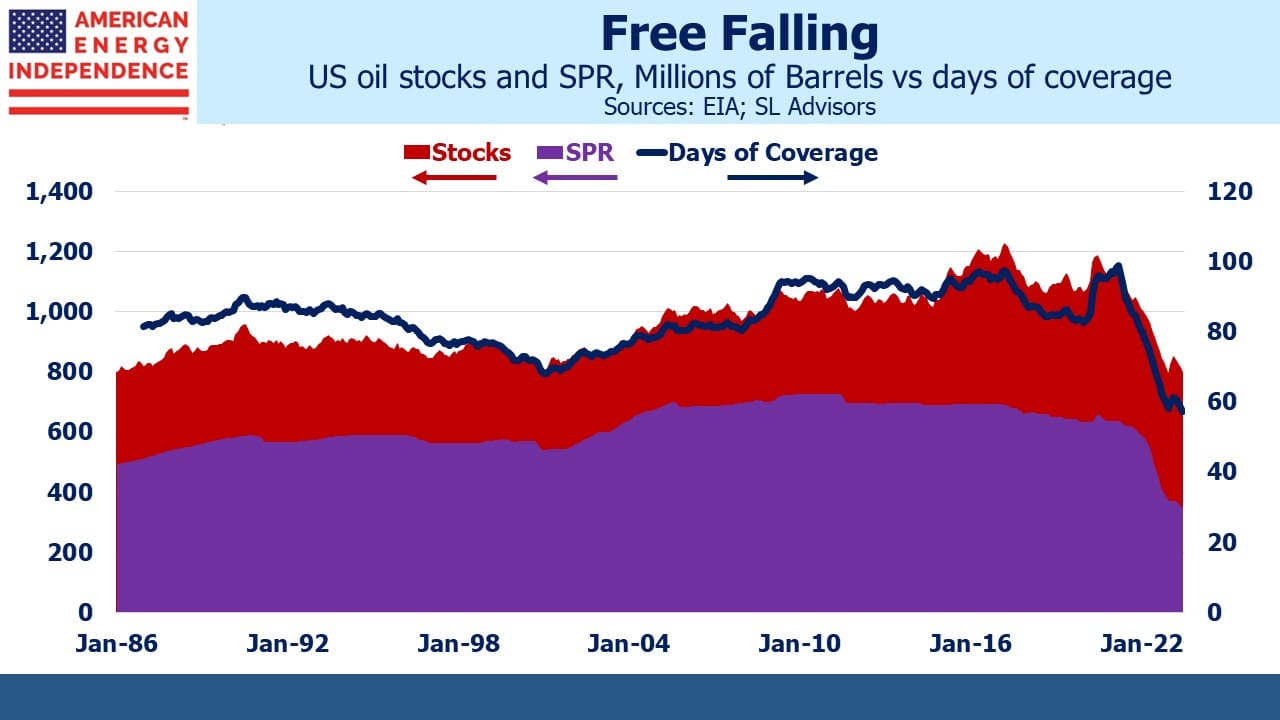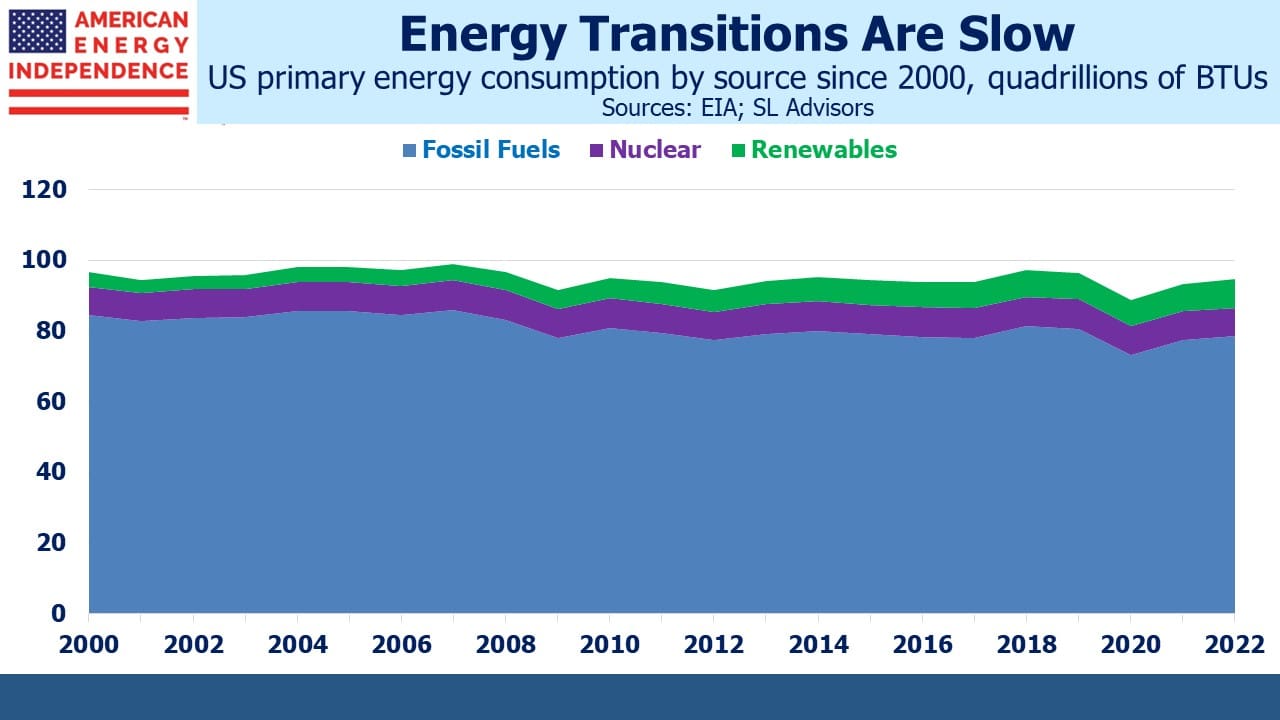Book Review – Elon Musk by Walter Isaacson

“I want to go make that happen” was twenty-one-year-old Elon Musk’s thought in 1992 on California mandating a 10% market share by 2003 for Electric Vehicles (EVs). Or rejecting a job building videogames, which he loved, because “I wanted to have more impact.” As a young man he wanted to colonize Mars to ensure human consciousness could outlive Earth and prepare for the end of fossil fuels with EVs. He’s always been a big thinker.
This becomes clear early in Walter Isaacson’s biography of Elon Musk, a gripping story that draws you to read just one more chapter (there are 95) each time you sit down with it. Those around Musk learn to live with his (self-diagnosed) Asperger’s, which makes him a harsh critic with no empathy for others. He tells those opting to remain at Twitter after three rounds of layoffs to be prepared to work “long hours at high intensity.”
Musk lives that way himself, apparently sleeping little and rarely vacationing, powering through days of problem solving with Red Bull. Somehow, he runs multiple companies that each could justify their own CEO. He demands impossible deadlines. He demands simplification in production lines and product design (“delete, delete, delete”), ignoring the warnings of engineers that his goals are impossible. Mostly, teams of employees rise to accomplish what they thought was out of reach. Sometimes they don’t, and occasionally Musk revises his opinion with new information. He instills a culture of extreme urgency, preaching that the future of humanity is at stake.
Musk embraces risk, and crises. Like many overachievers he’s never content. He’s highly analytical, yet his mood swings can trigger sharp pivots. He runs through key employees at a dizzying pace. Some burn out on the job’s demands and Musk’s mercurial temperament. Others are fired when he deems them no longer at peak productivity. There are very few who have remained, and at times he turns to close family members who are the only people he trusts. Many find it exhilarating to be around someone who is changing the world, accepting the lost family time and unpredictability as worth it.
A physically violent childhood in South Africa made Musk a fighter. His father routinely berated and belittled him. He was rarely happy and never content. He credits videogames, which he plays obsessively for a diversion during a crisis, with teaching him strategies that work in business.
An unconventional family life is part of Musk’s story. At one point he decides not to own a home, regarding possessions as unseemly for a billionaire changing the world. He enjoys good relations with nine of his ten surviving children as well as their mothers. One son transitioned to a daughter and rejects him, a source of great sadness. Odd names (one toddler is simply “X”) should surprise no-one. X is often with Musk, and learned to count backwards from ten by watching SpaceX rocket launches before he could count forward.
The acquisition of Twitter combined Musk’s restlessness and risk appetite in an impulsive gamble. As usual he threw himself into endless long days of crisis management while slashing employment by over three quarters. He slept on a couch in a conference room. Twitter the service still operates – whether it will be a financial success is less clear.
You can understand why people bet against him. Even Bill Gates shorted Tesla because he calculated there would be a surplus of EVs. His losses apparently reached $1.5BN. It’s unclear how this ultimately played out but it caused Musk to sour on Gates. “Why make money on the failure of a sustainable energy car company?” he asked.
Yet Musk routinely faces down one looming catastrophe after another. He pushes himself and others to the brink of failure, but so far has won every time. Isaacson adds up the value of the four companies Musk had founded and financed by April 2022 – Tesla ($1TN), SpaceX ($100BN), The Boring Company ($5.6BN) and Neuralink ($1BN).
Isaacson’s book presents a compelling portrait of a consequential and complex figure. Musk granted unfettered access for two years, providing rich material that is never dull. Watching Musk from afar is to see an impending train crash repeatedly averted. Somehow the world’s richest man got that way while focused on bigger goals. We should want Musk to continue pulling off miraculous victories because the changes will likely be positive.
Bill Gates said, “There is no one in our time who has done more to push the bounds of science and innovation than he has.”
There are still many more chapters in the story of Elon Musk.








